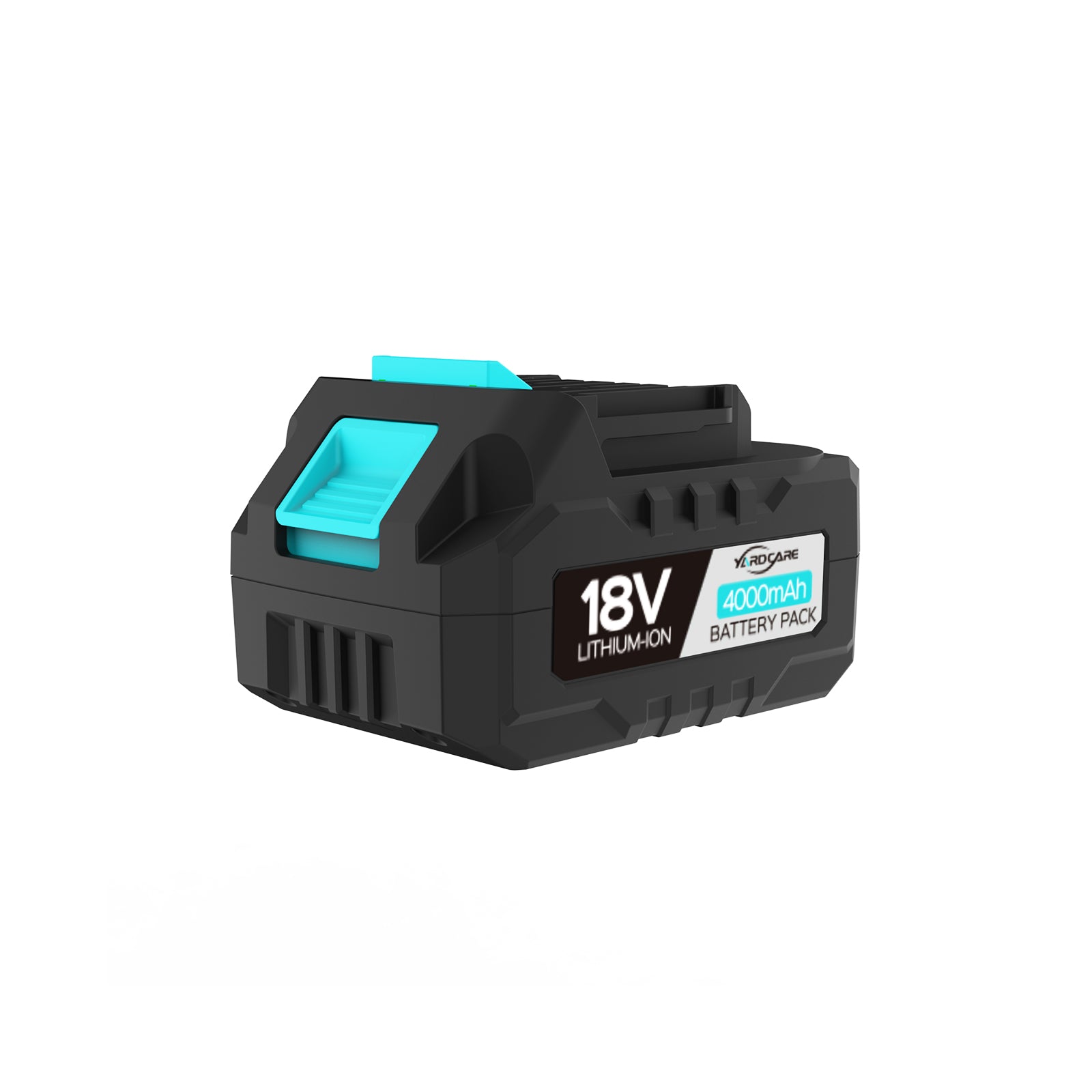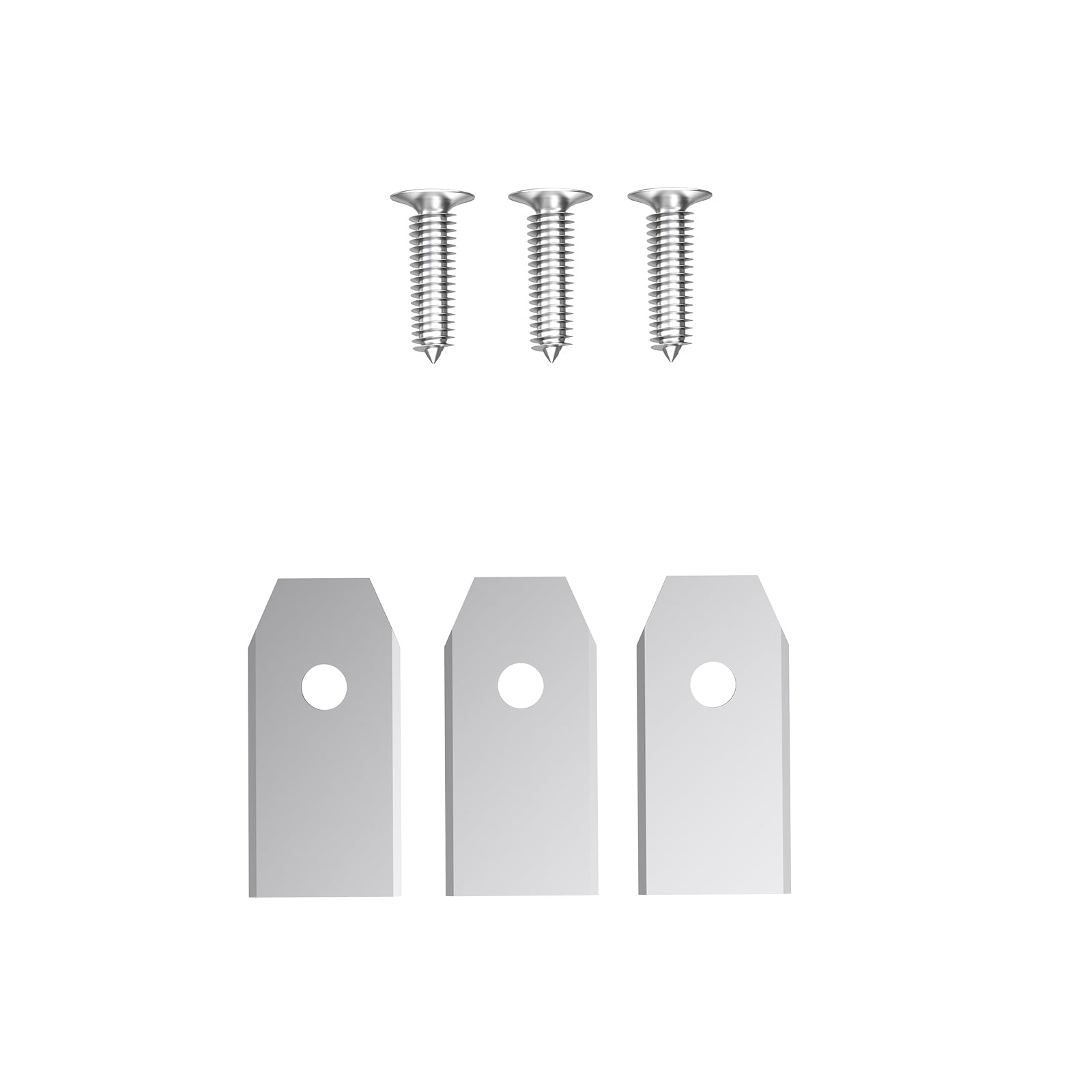How You Mow Your Lawn Contributes to Its Care Profile

Lawn mowing is often seen as a chore. You go out there once a week, trimming the grass to the perfect height to create a beautiful outcome.
If things go right, you end up with a thick carpet that feels soft under your feet as you enjoy the outdoors. Should your mower not function as expected, you could be contributing to the creation of an unhealthy lawn without realizing it.
Whether you’re using the YARDCARE robotic mower or our cordless model, the following mowing strategies can help you improve the overall health of your lawn.
Follow the 1/3 Rule When Mowing
The golden rule for mowing your lawn is never to remove more than one-third of the grass blade. If you cut the plant too deeply, it can develop significant stress levels that will weaken its root system.
If your lawn has browning issues or thin spots because of scalping (cutting the blades too short), you’ll want to adjust the height level on your mower.
Adjusting the height of the YARDCARE 13-inch cordless lawnmower is easy. There is a simple lever that lets you set one of five unique cutting levels, between 0.98 inches (25mm) and 2.56 inches (65mm).
With the YARDCARE robotic lawnmower, we recommend setting the height to the 60mm level for your first mowing experience. You can then use the manual adjustment control to choose your desired height.
Understand Your Lawn’s Needs
Mowing when the grass blades reach the correct height is crucial to the overall health of your lawn. Some varieties thrive when they’re allowed to grow longer because it promotes moisture retention and optimal photosynthesis, so it is important to know how your property is seeded.
For cool-season grasses like fescue, bluegrass, or ryegrass, the blades should stay at least two inches tall throughout the year.
If you have a warm-season variety (even in a cool climate) like Bermuda or Zoysia, you will want to keep the blade height between one to three inches.
Mow With Sharp Blades
When your YARDCARE robotic or cordless mower has sharp blades for mowing, your lawn will enjoy a healthier experience throughout the year. If they are dull, they will tear the grass instead of making clean cuts.
Torn blades are more susceptible to disease and moisture loss. You will also notice a brown tinge develop at the top of the grass as the plant attempts to heal.
Most blades should be sharpened at least twice per year. If you mow weekly or more often, you may need to address this issue monthly.
Change Your Mowing Pattern
When you mow in different directions, you can prevent your lawn from experiencing soil compaction. This care technique also allows the blades to grow more upright instead of being encouraged to lean in a single direction.
The YARDCARE robotic lawnmower achieves this outcome within the boundary you’ve set for it. To ensure the best results, we recommend removing any loose stones, branches/twigs, wires, cables, and other foreign objects. Any slopes for your property should be less than 47%.
With our cordless model, you can choose different patterns, from diagonal stripes to squares to horizontal lines to achieve a positive outcome.
It might be tempting to mow slopes vertically. However, mowing from side-to-side prevents accidents while achieving more evenness with your cut.
Avoid Mowing During Wet Weather
Mowing activities, while the grass is wet with the morning dew or during rain events, can cause uneven cuts. The clippings tend to clump together, increasing the risk of spreading disease or creating spots of heavy thatch that negatively impact blade growth.
The wet clippings can also stick to the underside of your mower, making it more difficult to perform the work without proper cleaning.
Mowing when the grass is dry assures a better, cleaner cut that prevents damage to your turf.
Move Away from a Fixed Mowing Schedule
Your lawn grows faster or slower throughout the season based on the conditions your property experiences. The factors to consider include how often you fertilize, rainfall frequency, and even the temperature.
During the peak growing seasons for your climate, you might need to use your YARDCARE mowing equipment more often. When your lawn is in a dormancy period, you might not need to mow at all.
A dormant lawn will often lose its green color. You can check on its health by gently pulling on a section of it. Should the roots remain in place, you can reactivate a growing period by offering water and possibly fertilizer.
If the grass pulls away with no resistance, you might need to reseed the lawn for it to recover or take other repair actions.
Address Your Thatch Problem
Thatch is the layer of organic material that accumulates between the soil level and the living grass blades of your lawn. It is often made up of clippings that get left behind after your mowing activities.
Having some thatch is healthy for your lawn. If this layer gets too thick (more than a half inch), it can block the root base from receiving the water and nutrients the grass needs to thrive.
Thick thatch invites pests to live in your lawn, potentially leading to damage. Grubs, worms, beetles, and other bugs can cause discoloration, patchy appearances, and eventually lawn death if left unaddressed.
Setting your YARDCARE mower to the correct height for your grass variety and conditions will keep your thatch levels in check throughout the year. It helps to aerate the lawn at the start of each growing season to break up this layer, remove soil compaction, and improve air circulation.
A Beautiful Lawn Is Achievable This Season!
Achieving a healthy lawn starts with the decision to follow proper mowing habits throughout each season. Consistent cutting, combined with ongoing watering and fertilization practices based on your seed variety, will ensure lawn vibrancy.
By investing in YARDCARE lawnmowers and following the best practices of caring for your grass, you can create a lush and resilient green carpet that will look beautiful throughout the year!






